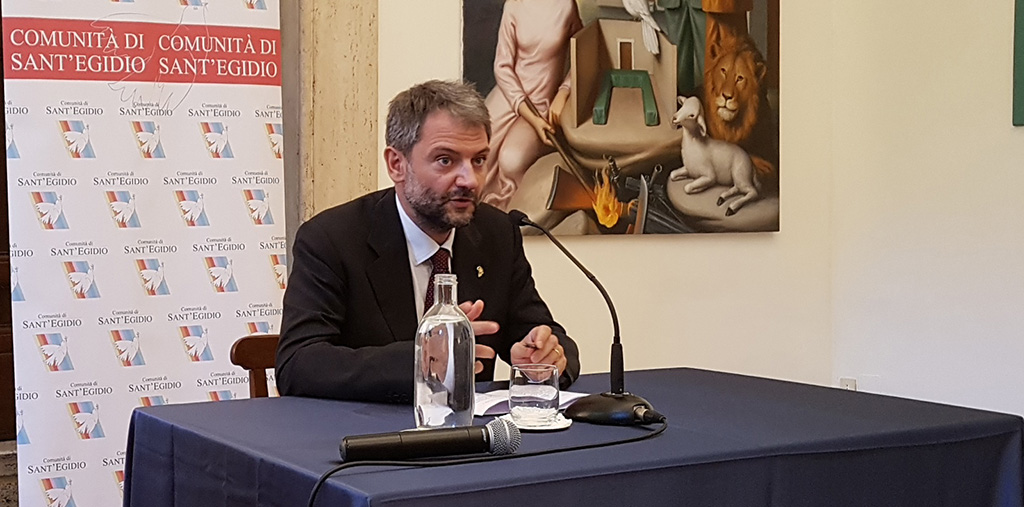Less than a month has passed since the signing of the peace agreement for the Central African Republic, when negotiations between
representatives of the authorities and armed groups took place in Sant'Egidio, which led to the agreement of 19 June for the cease-fire, gradual disarmament and the beginning of a process of national reconciliation.
This morning, during a press conference, Mauro Garofalo, head of international relations for Sant’Egidio, who returned a few days ago from a mission in Central African Republic, offered an analysis of the country's situation in the aftermath of the Rome agreement. "The agreement is alive and supported by a strong and renewed desire for peace on the part of all the civil and religious actors of the Central African crisis," said Garofalo, who met President Touadéra during his visit to Bangui, ministers and deputies of the National Assembly, leaders of political-military formations and religious authorities, including Cardinal Nzapalainga.
The latter received the delegation of Sant Egidio with other members of the Central African Republic Bishops' Conference, expressing its support for the contents of the agreement. A confident support for the peace process was also expressed by the president Touadéra, who called the Rome agreement "historic" and who, receiving the presidents of the armed groups signing the agreement, told them: " With the understanding of Rome you have shown that you want to enter history from the front door ."
Finally, Garofalo reaffirmed the will of the Community of Sant Egidio to accompany and support the implementation of the peace process,
emphasizing the "need to get out of the spiral of violence through a dynamic of reconciliation and forgiveness". For this reason, Garofalo announced, "in the coming days a ‘Monitoring Committee’ will be created, composed of representatives of the Presidency, the National Assembly, armed groups, the UN Mission and the Community of Sant'Egidio".
The main objective of this "light structure", concluded Garofalo, "will be to apply the measures envisaged by the agreement, analyze and, from time to time, resolve the difficulties in the disarmament process. It is time for Central Africa to turn the page. With the Rome agreement, a process has been launched, which will give millions of Central Africans peace and the chance to lead a normal life. "

Mauro Garofalo, head of international relations at Sant'Egidio, explains the situation in the country the day after the Rome agreement













